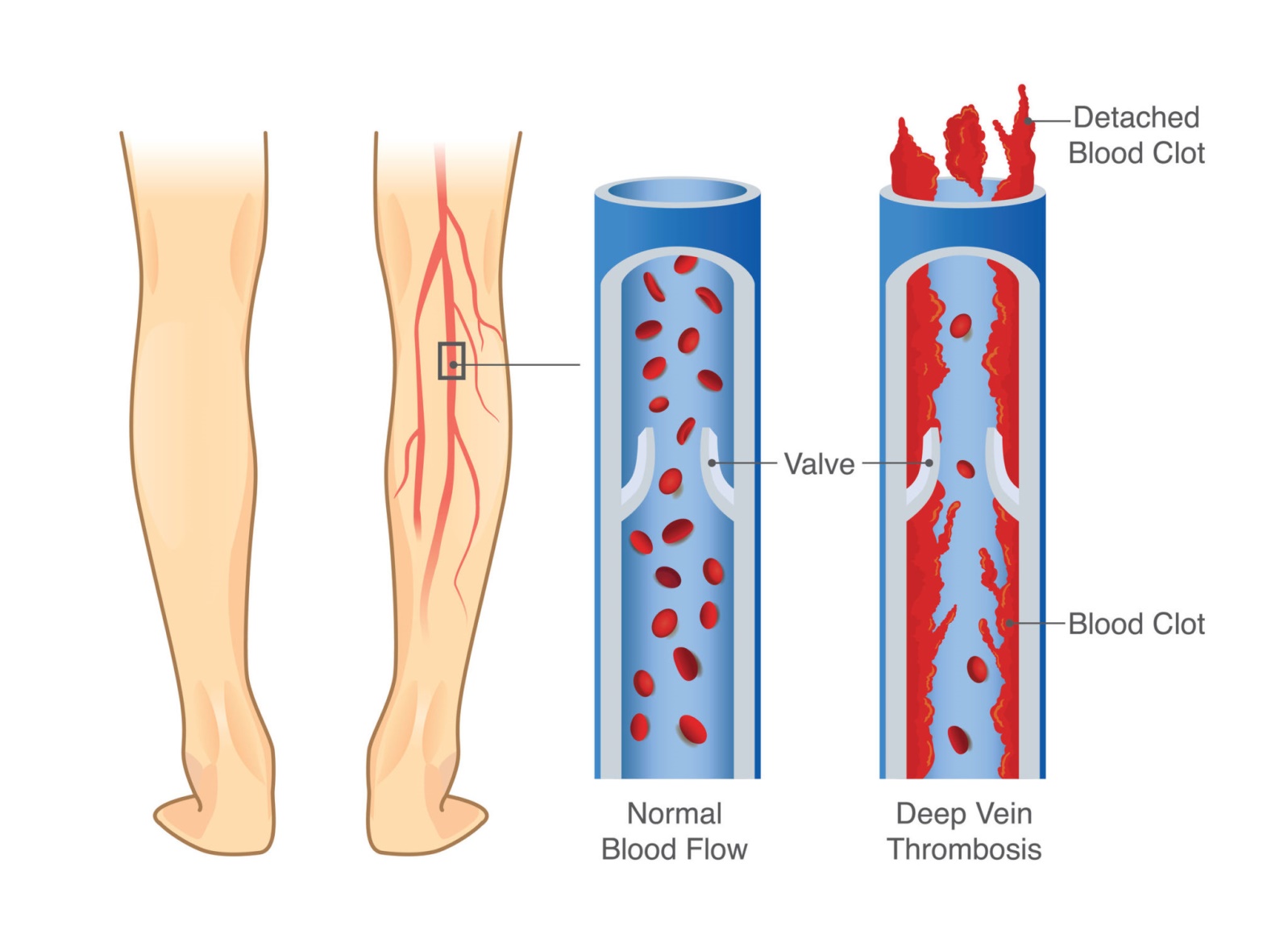A nurse is performing an electrocardiogram (ECG) on a client who is experiencing chest pain. Which of the following statements should the nurse make?
The test will be complete in 30 to 60 minutes.
You may feel a slight tingling while the test is being done.
The radioactivity from the dye lasts only a few hours.
I will need to apply electrodes to your chest and extremities.
The Correct Answer is D
Choice A reason : The statement that the test will be complete in 30 to 60 minutes is incorrect. An ECG is a quick, non-invasive procedure that typically takes only a few minutes to perform.
Choice B reason : The statement about feeling a slight tingling is not accurate for an ECG. This test does not cause any sensations, as it simply records the electrical activity of the heart.
Choice C reason : The mention of radioactivity from dye is not applicable to an ECG. This test does not involve the use of any dyes or radioactive substances. Dyes are typically used in imaging tests like CT scans or MRIs, not ECGs.
Choice D reason : This is the correct statement. For an ECG, electrodes are placed on the patient's chest and extremities to record the electrical activity of the heart. This allows the healthcare provider to assess the heart's rhythm, identify any irregularities, and diagnose conditions.
Nursing Test Bank
Naxlex Comprehensive Predictor Exams
Related Questions
Correct Answer is B
Explanation
Choice A reason : Epinephrine is an adrenergic agonist primarily used in the management of cardiac arrest, anaphylaxis, and severe asthma attacks. It is not used to reverse the effects of warfarin overdose. Warfarin acts as an anticoagulant by inhibiting vitamin K-dependent clotting factors, and epinephrine has no role in this mechanism.
Choice B reason : Vitamin K is the antidote for warfarin toxicity. Warfarin works by inhibiting the vitamin K-dependent clotting factors II, VII, IX, and X. In the event of an overdose, vitamin K is administered to reverse the anticoagulant effects of warfarin and restore the clotting factor levels to normal. The administration can be oral or intravenous, depending on the severity of the overdose and the urgency of the situation.
Choice C reason : Atropine is an anticholinergic drug used to treat bradycardia (slow heart rate) and as an antidote for organophosphate poisoning. It does not have a role in reversing warfarin overdose as it does not affect the clotting cascade or vitamin K metabolism.
Choice D reason : Protamine is used to reverse the effects of heparin, another anticoagulant, but not warfarin. Protamine sulfate binds to heparin, forming a stable complex and neutralizing its anticoagulant effects. Since warfarin's mechanism of action is different from heparin's, protamine is not effective in reversing warfarin toxicity.

Correct Answer is D
Explanation
Choice A reason : Thickened toenails are often associated with fungal infections and are not a direct symptom of venous insufficiency. However, they can appear in patients with chronic venous insufficiency due to poor circulation that affects the health of the toenails.
Choice B reason : Shiny, thin skin on the lower extremities is more characteristic of arterial insufficiency, where there is a reduction in blood flow and oxygen to the tissues. In venous insufficiency, the skin may instead appear thickened and discolored due to stasis and buildup of hemosiderin from the breakdown of red blood cells.
Choice C reason : A dusky, red color of the feet when dangling can be a sign of dependent rubor, which is associated with arterial insufficiency. This occurs when there is a severe decrease in arterial blood flow to the lower extremities. Venous insufficiency may cause a different color change, typically a brownish discoloration due to hemosiderin deposition.
Choice D reason : Pitting edema is a hallmark sign of venous insufficiency. It occurs due to the accumulation of fluid in the tissues, which is a result of increased pressure in the veins. This pressure causes fluid to leak into the surrounding tissues, leading to swelling that retains an indentation when pressed.
Whether you are a student looking to ace your exams or a practicing nurse seeking to enhance your expertise , our nursing education contents will empower you with the confidence and competence to make a difference in the lives of patients and become a respected leader in the healthcare field.
Visit Naxlex, invest in your future and unlock endless possibilities with our unparalleled nursing education contents today
Report Wrong Answer on the Current Question
Do you disagree with the answer? If yes, what is your expected answer? Explain.
Kindly be descriptive with the issue you are facing.
